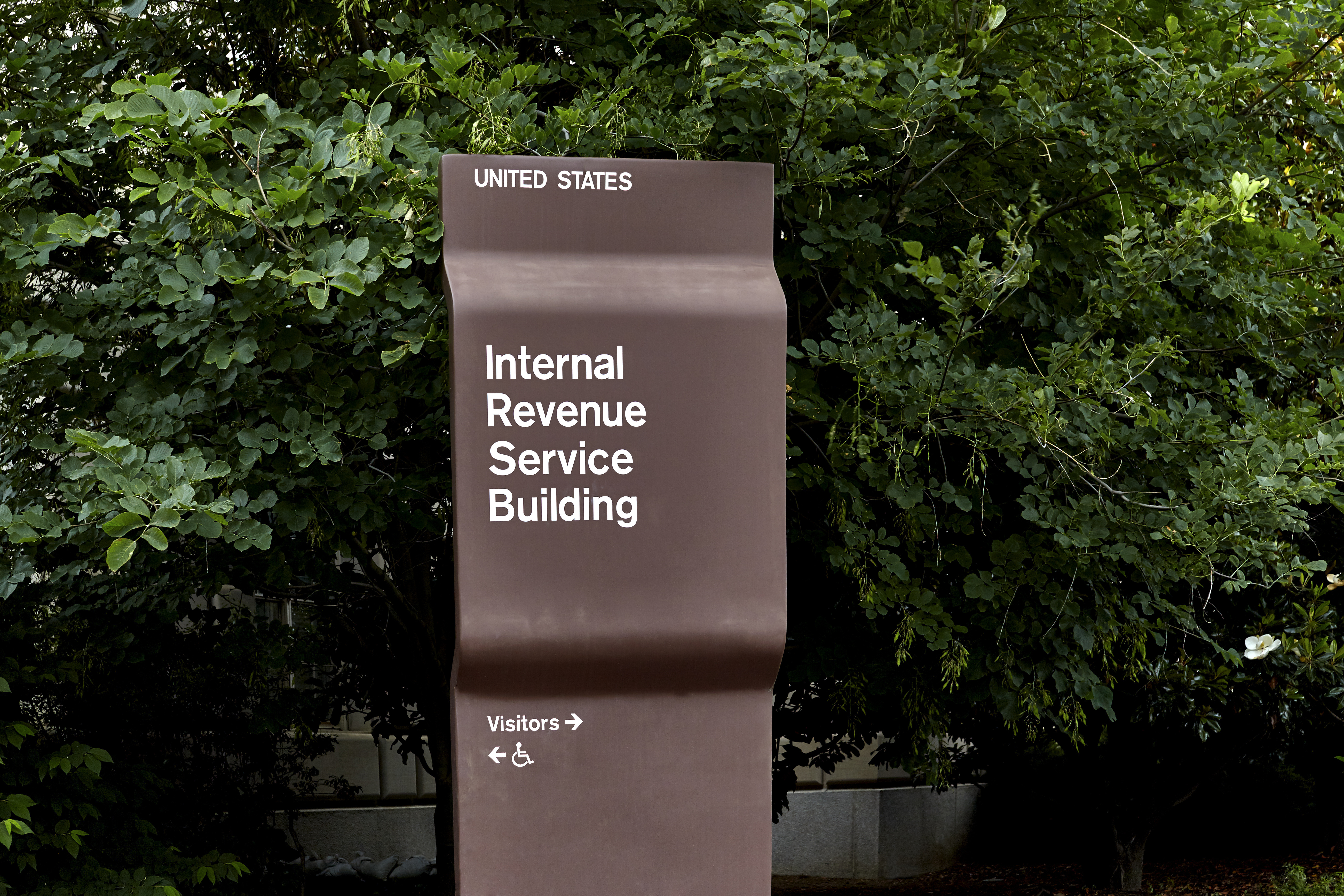The Internal Revenue Service is clarifying its guidance on provisions of the coronavirus relief legislation that provide tax credits to employers offering paid sick leave and family leave to workers.
The IRS updated the frequently asked questions page about the tax credits on Thursday. The tax credits were part of the Families First Coronavirus Response Act that was passed by Congress last March, a few days ahead of the CARES Act. They were set to expire on Dec. 31, 2020, but the latest stimulus package that Congress passed last month extended the tax credits through March 31, 2021. The FAQ page covers those extensions, along with other amendments to the credits.
The extension comes at a time of fresh uncertainty over the pandemic. Even though vaccines are starting to become available, the rollout has been plagued by supply shortages and distribution bottlenecks. Businesses that have managed to stay open or reopen remain concerned that their workers will need time off to care for family members. The tax credits aim to provide some cushion for employers.
“The paid sick leave credit is designed to allow qualified businesses — those with fewer than 500 employees and who pay ‘qualified sick leave wages’ — to get a credit for wages or compensation paid to an employee who is unable to work (including telework) because of coronavirus quarantine or self-quarantine or has coronavirus symptoms and is seeking a medical diagnosis,” said the IRS. “Eligible employers may claim credit for paid sick leave provided to an employee for up to two weeks (up to 80 hours) at the employee’s regular rate of pay up to $511 per day and $5,110 in total.”
The IRS pointed out that eligible employers can receive the paid sick leave credit for employees who aren’t able to work because they’re taking care of someone suffering from COVID-19 or they’re caring for a child because the child’s school or childcare facility is closed, or their paid childcare provider is unavailable due to the pandemic. Eligible employers can claim the credit for paid sick leave furnished to an employee for up to two weeks (up to 80 hours) at two-thirds the employee’s regular rate of pay, or up to $200 per day and $2,000 in total.
Employers are also entitled to claim a paid family leave tax credit for paid family leave supplied to an employee equal to two-thirds of the employee’s regular pay, up to $200 per day and $10,000 in total. Up to 10 weeks of qualifying leave can be counted towards the family leave credit.
Eligible employers can receive a tax credit right away in the full amount of the paid sick leave and family leave, plus any related health plan expenses and the employer’s share of Medicare tax on the leave provided through March 31, 2021. The refundable credit will be applied against some of the employment taxes on wages paid to all employees.
They can claim the tax credits on their federal employment tax returns, but can benefit even more swiftly from the credits by reducing their federal employment tax deposits. If there aren’t enough federal employment taxes to cover the amount of the tax credits, an eligible employer can ask for an advance payment of the credits from the IRS by filing a Form 7200, “Advance Payment of Employer Credits Due to COVID-19.”
With Democrats and Republicans now negotiating over the next round of stimulus package, the tax credits could be extended past the March 31 expiration date or even expanded with further benefits for employers and workers.